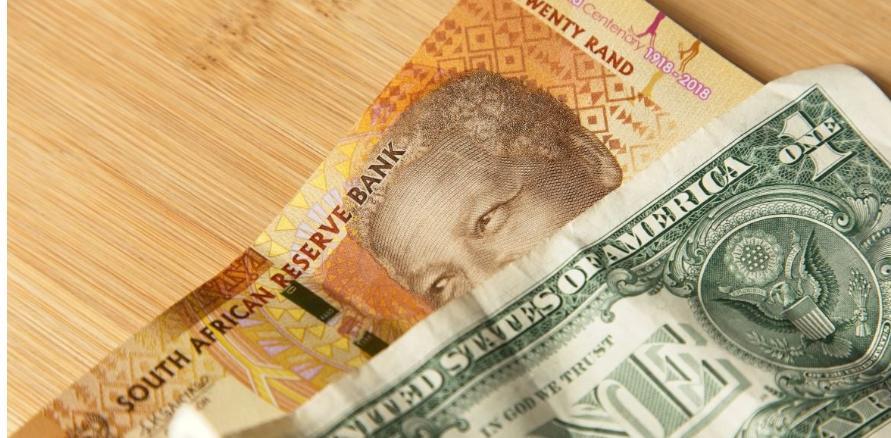Luke Fraser
Africa-Press – South-Africa. The rand should be valued at R16 to the dollar, but the currency’s fortunes won’t improve until the economy strengthens.
The rand has fluctuated around the R18/$ mark recently, with the US Dollar’s weakness expected to continue in the near future.
Investec Chief Economist Annabel Bishiop said that sentiment has improved recently, which has boosted riskier assets, while the USA also seems amenable to reducing its tariffs via negotiations.
The rand took a massive dive in April to R19.93/$, the rand’s weakest ever level, due to fears over the DA leaving the Government of National Unity and the impact of the USA’s tariffs.
The exit of the DA from the GNU worried markets, as it could have marked a turning point from the ANC away from pro-growth policies to more populist agendas.
The ANC has recently seen a massive drop in support, many linking this to the party’s populist policy agenda.
Although fears have somewhat abated, concerns over persistent weak economic growth in South Africa tend to be a disincentive for foreign investors, which aligns with the rands’ depreciation trend.
South Africa’s low economic growth prospects continue to underpin the rand’s weakness.
The currency is not expected to reach its fair value of close to R16.00/$ until the fundamentals for economic growth improve in South Africa.
Stats SA’s latest figures showed that South Africa’s economy only grew by 0.1% in Q1 2025.
However, this was mainly due to strong performance in the agriculture sector. Without this, the country would have seen a 0.3% contraction.
Growth should tick up
Investec Chief Economist, Annabel Bishop
With much of the rand’s performance dependent on the economy’s performance, the overall picture of the country’s growth prospects have dropped for 2025.
Although South Africa’s growth forecasts for 2025 sat between 1.5% and 2.0% at the start of the year, the country is now expected to see at most 1.4%.
Given that South Africa’s population grows at roughly 1.5% per year, growth needs to hit that figure, or the population will get poorer on a per capita basis.
FNB Senior Economist Thanda Sithole said the latest figure aligns with the company’s 1.3% growth forecast for 2025.
High-frequency indicators for Q2 2025 have been mixed; new vehicle sales have grown robustly, but the PMI remains in contractionary territory for the seventh consecutive month.
This implies ongoing pressure on the manufacturing sector, which carries a significant weight in the economy and is likely to continue weighing on near-term growth.
Business confidence survey results for the quarter will be released later this week and should indicate how firms view current operating conditions.
Business confidence is crucial for fixed investment, growth and employment. Inflation remains low, allowing the South African Reserve Bank to cut one percentage point in interest rates over the last year.
With another continued growth-oriented reform under the Government of National Unity (GNU), the government should support growth over the medium term, which supports the rand.
“Uncertainty over the stability of the GNU following earlier disagreement over some components of the fiscal framework appears to have subsided,” said Sithole.
“The focus should now shift to implementing deeper reforms to drive South Africa’s economic recovery over the next decade.”
Although the global environment remains fluid and uncertainty is likely to persist over the long term, US-China trade tensions are unlikely to escalate further.
Thus, FNB expects GDP growth to rise to 2.0% by 2027. Although this is an improvement, it is still well below the figure South Africa needs to increase employment.
Source: businesstech
For More News And Analysis About South-Africa Follow Africa-Press






